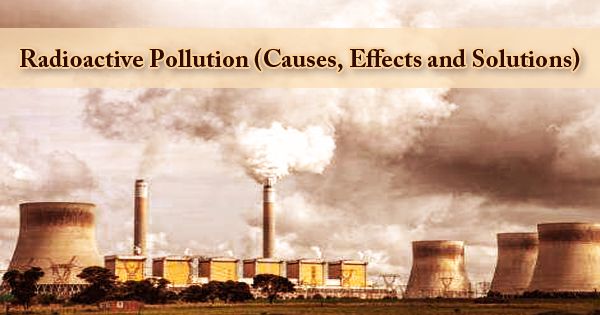One approach of lowering greenhouse gas emissions is now available, affordable, and practicable, according to researchers. With the use of current technologies applied to industrial sources, nitrous oxide, a potent greenhouse gas and chemical that depletes the ozone layer, may be easily reduced.
“The urgency of climate change requires that all greenhouse gas emissions be abated as quickly as is technologically and economically feasible,” said lead author Eric Davidson, a professor with the University of Maryland Center for Environmental Science.
“Limiting nitrous oxide in an agricultural context is complicated, but mitigating it in industry is affordable and available right now. Here is a low-hanging fruit that we can pluck quickly.”
Greenhouse gases retain solar heat when they are released into the atmosphere, warming the earth. Nitrous oxide ranks third among greenhouse gases in terms of emissions, behind only carbon dioxide and methane.
It is also known as laughing gas, has an approximately 300-fold more potential for global warming than carbon dioxide, and lingers in the atmosphere for more than a century. Reducing nitrous oxide emissions benefits both the environment and people because it also protects the ozone layer in the stratosphere.
We know that abatement is feasible and affordable. The European Union’s emissions trading system made it financially attractive to companies to remove nitrous oxide emissions in all adipic acid and nitric acid plants. The German government is also helping to fund abatement of nitrous oxide emissions from nitric acid plants in several low-income and middle-income countries.
Wilfried Winiwarter
Recent decades have seen an acceleration in the concentration of nitrous oxide in the atmosphere, primarily due to rising agricultural emissions, which account for nearly two-thirds of all nitrous oxide produced by humans worldwide.
Agriculture-related sources, however, are difficult to cut back on. Contrarily, low-cost solutions are now available to reduce nitrous oxide emissions to almost nil in the industrial and energy sectors.
Industrial nitrous oxide emissions from the chemical industry are primarily by-products from the production of adipic acid (used in the production of nylon) and nitric acid (used to make nitrogen fertilizers, adipic acid, and explosives). Additionally, emissions are produced when internal combustion engines used in vehicles and trucks and manufacturing burn fossil fuels.
“We know that abatement is feasible and affordable. The European Union’s emissions trading system made it financially attractive to companies to remove nitrous oxide emissions in all adipic acid and nitric acid plants,” said co-author Wilfried Winiwarter of the International Institute for Applied Systems Analysis. “The German government is also helping to fund abatement of nitrous oxide emissions from nitric acid plants in several low-income and middle-income countries.”
Due to rising consumer demand for environmentally friendly products, the private sector may also play a significant part in reducing nitrous oxide emissions. For instance, light trucks and autos account for 65% of the global nitrous emissions included in nylon products. Automobile producers could demand that supply chains only obtain nylon from facilities that use effective nitrous oxide abatement equipment.
“Urgent abatement of industrial sources of nitrous oxide” is published in Nature Climate Change by Eric Davidson of the University of Maryland Center for Environmental Science, Spark Climate Solutions, Wilfried Winiwarter of the International Institute of Applied Systems Analysis, Austria, and the Institute for Environmental Engineering, University of Zielona Góra, Poland.
















